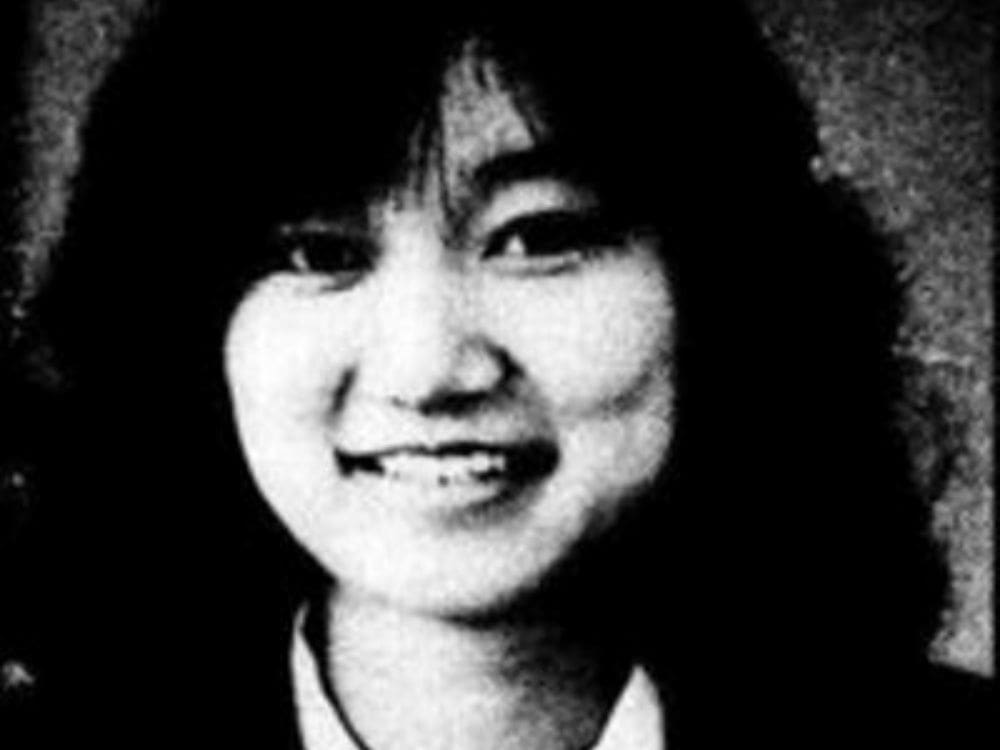The name Junko Furuta evokes memories of one of Japan's darkest and most harrowing criminal cases. Her story is a chilling reminder of the depths of human cruelty and the importance of addressing systemic issues in society. This article delves into the tragic events surrounding Junko Furuta, ensuring her memory is preserved with sensitivity and respect.
Junko Furuta's case remains one of the most infamous in Japanese history, capturing national and international attention. Her story continues to resonate today, not only because of its brutality but also because of the societal implications it raises. By examining this case, we aim to understand the factors that contributed to such a heinous crime.
This article will explore the events surrounding Junko Furuta's abduction, the individuals involved, the legal aftermath, and the lessons learned. Through this exploration, we hope to provide insights into the broader issues that need addressing to prevent similar tragedies in the future.
Read also:Is Melanie Joli Married Exploring The Life And Relationship Status Of Melanie Joli
Table of Contents
- Biography
- Early Life
- The Abduction
- The Perpetrators
- Media Coverage
- Legal Proceedings
- Public Reaction
- Psychological Impact
- Lessons Learned
- Conclusion
Biography
Junko Furuta was a 14-year-old girl whose life was tragically cut short in one of Japan's most infamous criminal cases. Her story has become a symbol of the dangers faced by young people and the need for stronger protections against violence.
Biodata
| Name | Junko Furuta |
|---|---|
| Date of Birth | January 12, 1968 |
| Place of Birth | Nara, Japan |
| Date of Death | December 25, 1988 |
| Place of Death | Ichihara, Japan |
Early Life
Junko Furuta grew up in Nara, Japan, where she lived an ordinary life as a teenager. She attended school and was known for her friendly demeanor and academic performance. However, her life took a tragic turn when she became the victim of a horrific crime.
Her early life provides a stark contrast to the events that unfolded later. Understanding her background helps contextualize the tragedy and highlights the importance of protecting young people from harm.
The Abduction
Junko Furuta's abduction occurred on November 25, 1988, in Ichihara, Chiba Prefecture. She was walking home from a school festival when she was forcibly taken by four young men. The incident shocked the nation and remains one of the most brutal crimes in Japanese history.
The perpetrators held her captive in an abandoned building, subjecting her to unimaginable abuse over a period of 44 days. The details of her captivity are harrowing, and her eventual death on December 25, 1988, left the country in mourning.
The Perpetrators
The individuals responsible for Junko Furuta's abduction and murder were four young men, all under the age of 21 at the time. Their actions were fueled by a combination of factors, including peer pressure, a desire for control, and a lack of empathy for their victim.
Read also:Miaz Full Hd A Comprehensive Guide To Stunning Visual Experiences
- Hiroshi Takahashi - The ringleader, who orchestrated the abduction and abuse.
- Tetsuya Maekawa - A follower who participated in the crimes.
- Shinichi Nakagawa - Another accomplice who played a significant role in the abuse.
- Junichi Nakamura - The youngest of the group, who later turned himself in.
Psychological Profiles
Psychological assessments of the perpetrators revealed a range of issues, including antisocial personality traits and a lack of remorse. These profiles highlight the need for early intervention and mental health support for at-risk youth.
Media Coverage
The media played a significant role in shaping public perception of the Junko Furuta case. Extensive coverage brought attention to the crime, but it also raised ethical questions about the portrayal of such sensitive topics.
Journalists and broadcasters faced challenges in balancing the need for information with the responsibility to protect the dignity of the victim and her family. The case underscored the importance of responsible journalism in covering sensitive issues.
Legal Proceedings
The legal proceedings following Junko Furuta's death were complex and controversial. The perpetrators were tried as juveniles due to their ages at the time of the crime, which limited the severity of their sentences.
Hiroshi Takahashi, the ringleader, received a life sentence, while the others were sentenced to terms ranging from 7 to 15 years. The leniency of the sentences sparked public outrage and calls for reform in the juvenile justice system.
Reforms and Changes
In response to the case, Japan introduced several reforms to its juvenile justice system. These included lowering the age of criminal responsibility and increasing transparency in juvenile trials. Such changes reflect the ongoing effort to address the challenges posed by juvenile crime.
Public Reaction
The public reaction to Junko Furuta's case was one of shock and disbelief. Citizens demanded justice for the victim and reforms to prevent similar tragedies. Protests and petitions called for stricter laws and better protections for young people.
The case also sparked discussions about the role of society in shaping the behavior of young people. Many questioned the influence of media, peer pressure, and societal norms on the actions of the perpetrators.
Psychological Impact
The psychological impact of Junko Furuta's case extends beyond the immediate victims and perpetrators. It affects the families involved, the community, and society as a whole. Understanding the psychological effects is crucial for addressing the broader implications of such crimes.
Victims of violence often suffer from trauma, anxiety, and depression. Providing support and resources for survivors and their families is essential in helping them cope with the aftermath of such tragedies.
Lessons Learned
The Junko Furuta case offers several lessons for society. It highlights the importance of protecting young people, addressing mental health issues, and reforming the justice system. By learning from this tragedy, we can work towards a safer and more just society.
- Strengthening protections for young people
- Improving mental health services and early intervention programs
- Reforming the juvenile justice system to address serious crimes
- Promoting responsible media coverage of sensitive issues
Conclusion
Junko Furuta's story is a stark reminder of the importance of protecting young people and addressing the root causes of violence. By examining her case, we gain insights into the societal factors that contribute to such tragedies and the steps needed to prevent them.
We encourage readers to reflect on the lessons learned from this case and to take action in their communities. Leave a comment or share this article to continue the conversation and promote awareness of these critical issues. Together, we can work towards a safer and more just society for everyone.


